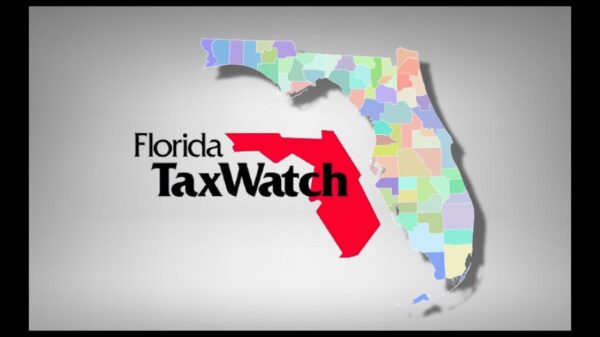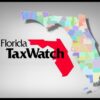On Tuesday, Florida TaxWatch (FTW) released “Aging in Place: The Economic and Fiscal Value of Home and Community-Based Services,” a report assessing the potential health, economic, and fiscal benefits accruing to the elderly, their families, and the state of Florida from providing home and community-based services.
Florida TaxWatch President and CEO Dominic Calabro weighed in on the report.
“Currently, older Floridians generate over $505 billion in annual economic activity and support some 6.3 million jobs. By the end of this decade, one in every four Floridians will be over the age of 65 – representing a population increase of more than 50 percent. Concurrently, the state will experience a rise in demand for long-term health care supports and services, and policymakers will need to identify and expand access to cost-effective, yet first-rate solutions that add to the continuum of care options for Floridians,” Calabro said.
“Fortunately for Floridians, this is not a zero-sum situation. In addition to Florida’s nursing home and assisted living networks, there are alternatives we can build on to provide high-quality options. Florida TaxWatch finds that home and community-based services provide positive health outcomes and ensure dignity in aging for the elderly, while also lifting the burden on caregivers and minimizing taxpayer costs. In fact, expanding access to care in a home and community care setting could potentially generate more than $745 million in fiscal savings annually and increase overall life satisfaction among residents by almost 17 percent in the first year alone,” he continued. “And with over $1 billion in nonrecurring federal funds soon coming into Florida to support the development and expansion of home and community-based services, Florida TaxWatch recommends policymakers begin to consider how to reduce waitlists to state-funded programs and improve quality measurements and reporting across a full spectrum of options for Floridians.”
Home and community-based services (HCBS) provide the elderly with the opportunity to receive health and personal care services in their own home or community setting. According to the FTW report, they are an ideal, cost-effective option for aging in place, with the median annual price in Florida recorded at $43,290 in 2020 – 6.3 percent less expensive than the national average. These home and community settings enable aging in place, yielding documented benefits to individual satisfaction, happiness, and dignity.
The Florida Department of Elder Affairs also maintains several state-funded programs serving approximately 72,000 older Floridians; however, as of September 2021, the waitlist exceeded 85,500. FTW notes that if there was only a one percentage point decrease in this waitlist, it could result in a $63.7 million cost savings for Florida’s taxpayers.
Moreover, there are persistent challenges to improving quality measurement and reporting among HCBS. While a collaborative effort between state Medicaid agencies exists to gather standardized performance and outcome measures, only 23 states currently participate, not including Florida. In terms of quality measures, the FTW report stresses that quality of care cannot be viewed separately from quality of life, and that standardized quality metrics help families make informed decisions and make it easier to recognize and reward value rather than simply paying for capitation.
FTW also states that Florida will be receiving $1.1 billion through the American Rescue Plan Act (ARPA) to develop and/or expand HCBS. Through the ARPA, states can also claim the additional 10 percentage point increase in the federal medical assistance percentage between the eligible period of April 1, 2021, and March 31, 2022, which initial estimates suggest will save an additional $453 million in state funds.
In response to this influx of federal funds to support HCBS, the FTW report outlines four recommendations for policymakers:
· Expand the use of HCBS in Florida by reducing waitlists to state-funded HCBS program (e.g., Community Care for the Elderly or Home Care for the Elderly) and by improving access through the Medicaid 1915(b)/1915(c) waiver.
· Identify and standardize quality measures for HCBS in Florida that incorporate metrics involving both quality of life and quality of care. Ensure such quality metrics are readily available to families and potential long-term care recipients.
· Conduct empirical studies to measure the direct relationship between HCBS usage and quality outcomes.
· Recognize and support the role that family caregivers serve in providing long-term care to family members. Integrate informal caregiving into any comprehensive plan to improve HCBS usage in Florida.






















